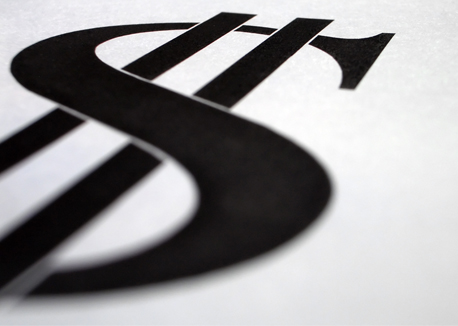It’s a heated debate that polarizes kitchen designers very quickly. In one
camp are the designers who charge design fees; in the other are those
who never do. Here’s how the argument usually shakes out:
 Click to enlarge
Click to enlarge
So who’s right? Should you charge a design fee or not?
Before the market slowdown, business was booming and prospects
were buying kitchens. “It was like the California Gold Rush,” said John
Anderson, owner of Southern Kitchens in Louisville, KY.
“When you have an excess of prospects to deal with, the cabinet sales
manager soon realizes a ton of business is out there, but the sales team is
spending 90 percent of their time designing instead of selling,” said Brent
Jackson, president of CompanionCabinet Software in Charlotte, NC.
“That’s a hard pill to swallow as an owner because you can literally see
business walking out the door.”
As a result, many dealerships implemented design fees to discourage
tire-kickers. “The problem is design fees also send qualified buyers
out the door quickly,” Jackson said.
CompanionCabinet Software has analyzed 10 years of aggregate
quoting data from cabinet designers using its software. “When design
fees are used, we see overall sales revenue drop anywhere from 50 to
75 percent,” said Jackson. “The existence of a design fee is a telltale sign
of an ineffective sales process—or worse yet, no sales process at all.”
Looking at a sample size of more than 1,000 designers across a period
of two years, the company found that those who used a design fee
typically sold $180,000 to $400,000 per year. That’s abysmally low. “The
data clearly shows that experienced designers using design fees sold
at—or below—the level of less experienced designers typically found at
the big box retailers who don’t charge design fees,” said Jackson.
The reality is design fees aren’t really used by the best kitchen designers.
In a recent study, CompanionCabinet Software interviewed
more than 100 high-performing designers, and not
one of them used a design fee. “Even if dealer management
required it, they worked around it or ignored it,” said Jackson.
“The clear differentiator in stellar sales production is the
use of a sales process. Just that one behavior alone jumps
designers into the $720,000 to $1.2 million range,” said Jackson.
“Dealers should focus on implementing an easy-to-understand
sales process specific to the cabinet industry.
Once designers begin qualifying better, the need for a
design fee rapidly disappears.”
So why are dealers still charging design fees? “You have
this philosophy in the cabinet industry that the longer you’ve
been doing something, the more it becomes a badge of honor,”
said Anderson. “Salespeople tell me all the time they’ve
been doing something for 30 years, which makes it legit. These
are the same people who usually complain that no one is buying, yet right
down the street I know of other kitchen designers who are killing it.”
In addition, charging a design fee has somehow become linked to
the ongoing struggle for designers to be perceived as professionals.
“That’s really the root of the problem,” said Jackson. “If charging a
design fee is synonymous with being a professional, then not charging a
design fee is telling your peers that you’re no longer professional. That’s
really the wrong way to think about it.”
Most of the time designers charge fees to prevent a prospect from
walking away. Even after the fee is paid, they won’t release the designs
unless the entire kitchen is purchased. However, as Jackson noted,
“From the prospect’s viewpoint, you’re asking them to make a nonrefundable
pre-deposit because you, the designer, are afraid they’ll
walk. That’s the worst way to start off a new relationship.”
So which is more professional: Demanding payment from someone
before he or she has committed to buying a kitchen from you or learning
a sales process that helps you correctly qualify a prospect up front?”
—Lisa Furby is marketing manager at CompanionCabinet Software,
which helps cabinet dealers become more profitable using Aurora software,
sales training and best practices. For information on a sales process
specific to the cabinet industry, visit http://kbb.thinkcompanion.com.









